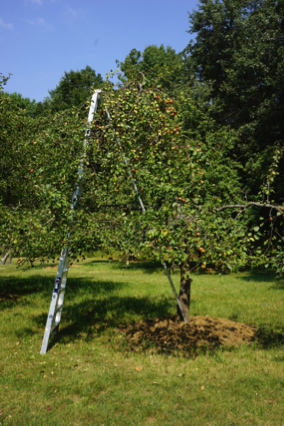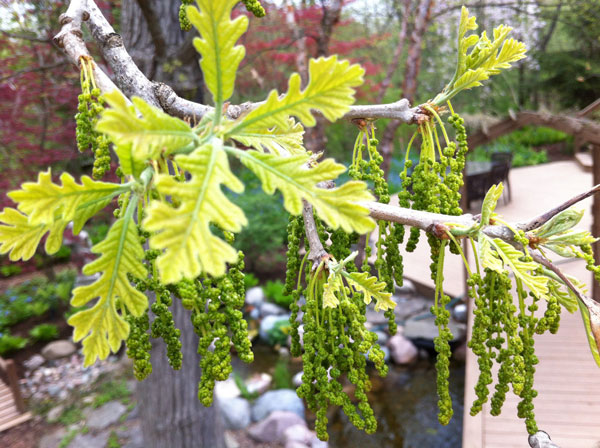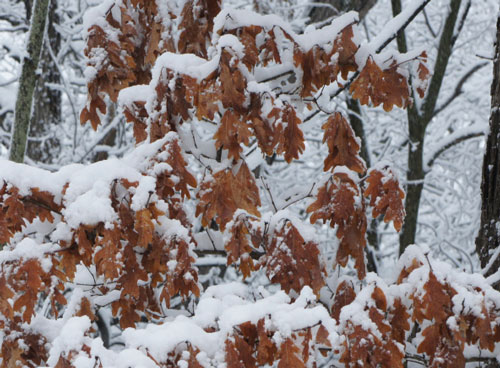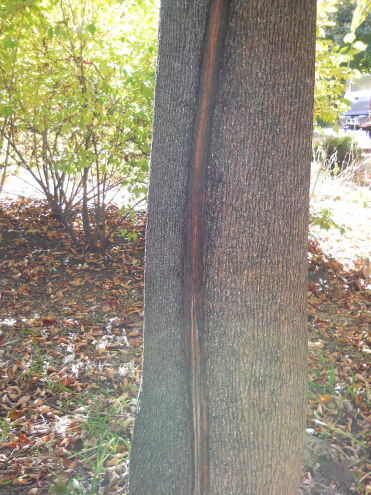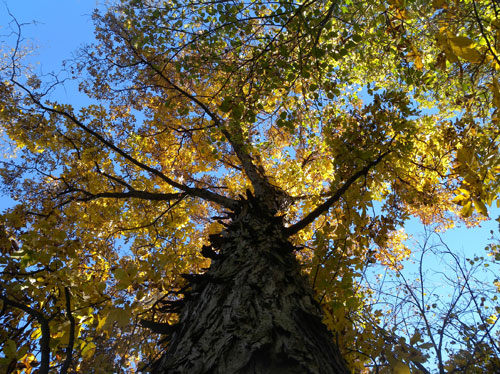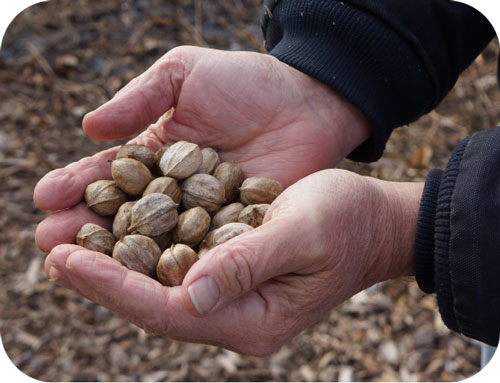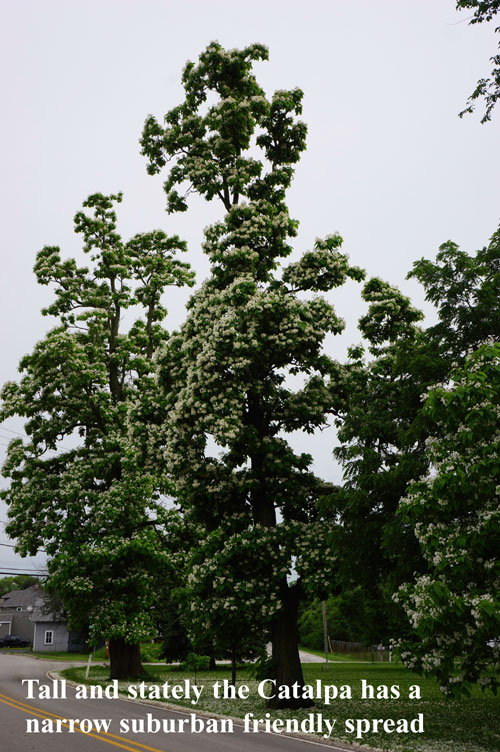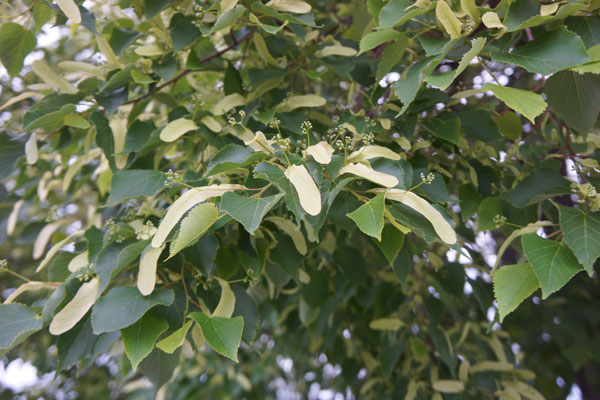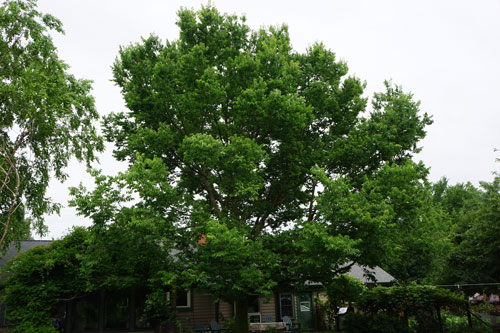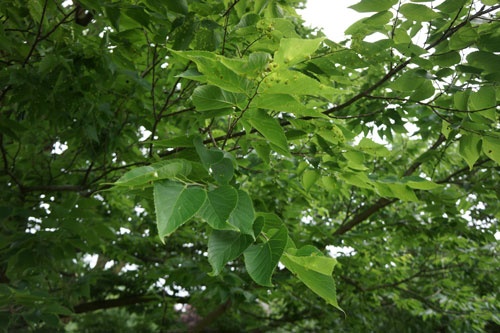I wanted to remind everyone this month that Gilbert and I have been doing business on the North Shore of Chicago for 33 years now, and we have lived here our whole lives. As fifth generation entrepreneurs we have a pretty amazing network of folks that we know who do all kinds of services. I wanted to share a partial list of who they are, so if you find yourself in need of help in an area not having to do with trees, and you are uncertain as to where to turn, don’t hesitate to ask us for a referral. We probably “know somebody!” We have used and know every one of these vendors personally and the list is not complete. Be sure to ask us if you find you have a need, and need a referral you can trust.
Effective Air Heating and Cooling, owned by Gil’s brother Jon Smith.
Hanson Painting, owner Greg Hanson, Greg is always going the extra mile, has a shop where he can powder coat/paint outdoor furniture to get ready for summer.
Cornerstone Painting, owner Jonathan Richards, Jonathan has worked for us several times and is meticulous and exacting, superior work.
Lake County Movers, owner Mark Paiser, moved us to our new offices, can’t say enough about Mark’s quality and dependability.
The Organic Gardener, Jeanne and Verd Nolan owners, creates beautiful organic edible gardens to nurture your family’s health and well being.
Legal Council, especially for litigation, Timothy M Johnston, just the guy you want in your corner no matter the issue, gives free initial consults.
Alpha Graphics Printing in Vernon Hills and online, contact Christie Sweatman.
General Contractor, BDS Construction, owner Bryan Slowick, Bryan won’t settle for anything less than excellence.
Jean MacDonald, Network Connect Success, Jean is the queen of networking and does motivational and sales speaking nationwide.
Marketing Department for Small Business, Leslie Lipps, helps us create all our beautiful e-marketing materials, I couldn’t do Arborsmith without her;).
ADT Security Services, contact Mike Hogan, will help you evaluate your security even if you don’t buy anything from him, such a great guy, there to help, works with many professional ball players!
Chuck Bourgeois owner of Progressive Energy Group, will save you money on your energy bills, at home or better at your place of business.
The Chalet Nursery, for all your gardening supply needs in Wilmette, IL, contact: Jennifer Brennan.
Pasquesi Garden Center, the elegant showplace for all gardening and garden decorating, Lake Bluff, IL
The Beaded Garden, Anne Flannery, Landscape Designer, great plantswoman and lovely lady with a great design sense.
Cliff Miller owner of PC Miller, Landscape Artist and simply the most knowledgeable native plantsman on the North Shore.
The Garden Consultants, owner David Migdal, landscape architect, beautiful work, second generation horticulturist, we have worked with David and his mother, Fern, almost our entire career.
Photographer, Studio West, Jeff Mateer, owner, just beautiful portraits and commercial product photography.
Possibility Place Nursery, owner Conner Shaw, absolutely best source for small trees and native plants.
Nancy Lyons Hannick ASLA, NLH Design, a real landscape architect with over 25 years of experience on the North Shore, educated on the east coast with a flare for excellence.
Urban Forestry Products, owners, Bruce and Erica Horrigan, Don’t burn your dead Ash tree make a family heirloom out of it, by letting UFP mill the wood and kiln dry it, Gil and his brothers created our beautiful dining table using a Black Walnut we harvested.
PC Custom Woodwork, Peter Cichy, owner, an amazing cabinet maker and creator of all things from lumber...meticulous, conscientious and exacting!
Architect, John Hershey of J Hershey Architecture, specializing in consultations with homeowner associations to get the repairs and maintenance done correctly the first time, saving you time and money in the long run!
Don Csiky of Current Electric, top notch performance, neat, knowledgeable “bright ideas with powerful results.”
This is just a partial list: we really do probably “know someone” if you need a referral...ASK us, we all like to support good work and good people, so this is our “February Sharing the Love”.













